The Whipple Bowstring Truss Bridge was built from a design patented in 1841 by Squire Whipple. Whipple was the first person to understand the stresses in truss members and he developed the first theoretical formula to calculate stresses in the articulated truss. His bowstring truss was the first to use cast iron for compression and wrought iron for tension membranes.
Wrought Iron
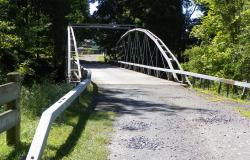

The Tennessee State Capitol, the first and only home of the Tennessee General Assembly, was designed by engineer and architect William Strickland. Since its construction, it has ably served, with little modification, as the seat of Tennessee's government.

Designed, patented, and built by Thomas W.H. Moseley, this arched 96-foot span bridge preceded by years the standard use of wrought iron for bridges. For the first time in the United States, Moseley incorporated the use of riveted wrought-iron plates for the triangular-shaped top chord.

The Fink Deck Truss Bridge is thought to have been originally used on the Norfolk and Western mainline railway. It was moved to its present location and converted to a vehicular bridge over a railroad spur in 1893 when the Norfolk and Western mainline was moved. It was relocated again in 1985 to Lynchburg's Riverside Park to serve as a pedestrian bridge.
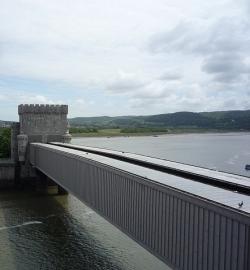
Built by Robert Stephenson to carry the Chester and Holyhead Railway across the River Conwy, this bridge was erected between 1846 and 1848. It consists of a single span 400 feet long, formed by two parallel rectangular wrought iron tubes, each weighing 1300 tons. Masonry towers were built on the abutments and topped with battlements and turrets to harmonize with the nearby Conwy Castle. The Conwy Tubular Bridge was the first railway bridge in which trains ran through the main girders. It represents a pioneering use of wrought iron for bridges.

The Saugus Ironworks, the first commercial ironworks in North America, was an impressive technological achievement for an early colony. The same basic processes are used today: reducing iron oxide with carbon to produce metallic iron that can be cast in a mold, producing wrought iron by puddling cast iron, and fabricating wrought iron with power hammer and rolls.
Innovations
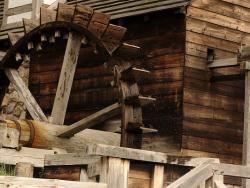
The Saugus Ironworks, the first commercial ironworks in North America, was an impressive technological achievement for an early colony. The same basic processes are used today: reducing iron oxide with carbon to produce metallic iron that can be cast in a mold, producing wrought iron by puddling…
Read More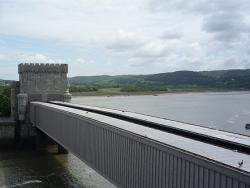
Built by Robert Stephenson to carry the Chester and Holyhead Railway across the River Conwy, this bridge was erected between 1846 and 1848. It consists of a single span 400 feet long, formed by two parallel rectangular wrought iron tubes, each weighing 1300 tons. Masonry towers were built on the…
Read More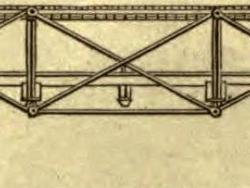
The Fink Deck Truss Bridge is thought to have been originally used on the Norfolk and Western mainline railway. It was moved to its present location and converted to a vehicular bridge over a railroad spur in 1893 when the Norfolk and Western mainline was moved. It was relocated again in 1985 to…
Read More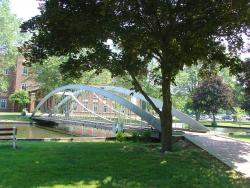
Designed, patented, and built by Thomas W.H. Moseley, this arched 96-foot span bridge preceded by years the standard use of wrought iron for bridges. For the first time in the United States, Moseley incorporated the use of riveted wrought-iron plates for the triangular-shaped top chord.
…
Read More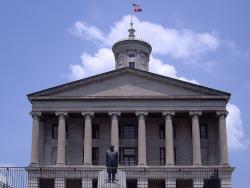
The Tennessee State Capitol, the first and only home of the Tennessee General Assembly, was designed by engineer and architect William Strickland. Since its construction, it has ably served, with little modification, as the seat of Tennessee's government.
For a relatively poor…
Read More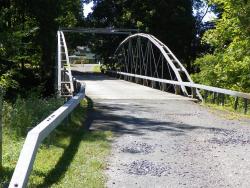
The Whipple Bowstring Truss Bridge was built from a design patented in 1841 by Squire Whipple. Whipple was the first person to understand the stresses in truss members and he developed the first theoretical formula to calculate stresses in the articulated truss. His bowstring truss was the first…
Read More


